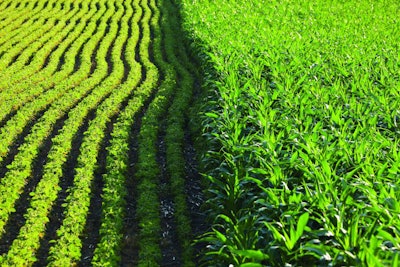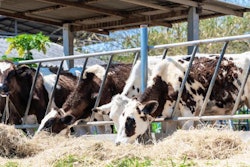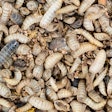
Despite high prices for corn and soybeans, June planting tally remains below US record
Last week’s crop acreage report by the U.S. Department of Agriculture (USDA) may be a sign that the nation’s production of corn and soybeans is nearing an upper limit — and that high prices could be here to stay for the months to come.
Analysts looking to see record-high acreage numbers in response to high corn and soybean prices were disappointed last week when the acreage totals released by the USDA fell just short of the 180.3 million-acre record set in 2017. U.S. farmers had planted 92.7 million acres of corn, a 2% increase from last year, and 87.6 million acres of soybeans, a 5% increase, for a total of 180.2 combined acres.
With prices for both commodities still hovering at their highest levels in years, it may seem strange that U.S. growers failed to jump at the apparent opportunity to make a tidy profit. But Ben Brown, a University of Missouri extension economist and senior research associate at the Food and Agricultural Policy Research Center, said the data suggest the opposite: that U.S. farmers maxed out every acre they had available.
In general, the total available acreage available in the U.S. is somewhere between 316 million and 318 million acres in any given season, Brown said. If you subtract the acres dedicated to other crops, the nation as a whole has just over 180 acres available for corn and soybeans.
At least some of those available acres have been converted to hay production or pasture given years of low prices, Brown said, and those can’t be returned quickly to corn and soybean production. On top of this, weather has prevented farmers in Missouri and surrounding states from planting second-crop soybeans this year. May proved unseasonably cool and wet in this region, which delayed the wheat harvest by a month, tying up cropland where additional soybeans could have been planted.
Taking these factors into account, Brown said, the USDA’s report appears to suggest that U.S. farmers put corn and soybeans on every inch of land they had available.
“I think we have hit some type of ceiling,” Brown said, “and that’s why I make the argument I think we did plant fencerow to fencerow.”
Impact on corn and soybean prices
The U.S. may have maxed out its corn and soybean production for the 2021-22 season, but assuming an average or even generous yield, this year’s crop will likely exceed demand by a narrow margin for a second year in a row. With little excess to be had, Brown said corn and soybean price trends are likely to continue for the next 18 months.
Long term, increased production in China and Brazil will likely drive down prices, Brown added.
While commodities were trading higher last week on fears of a potential shortage, whether production actually falls short of demand will depend largely on the weather this summer. So far, Brown said, the weather has cooperated for most of the eastern Corn Belt, suggesting the USDA’s projected yield of 179.5 bushels per acre may not be as ambitious as it may seem.
“Based on what we know today, I think the market is overreacting to our corn picture,” Brown said. “But if we do have yield shortfalls, the market is likely in line to below where we are.”








